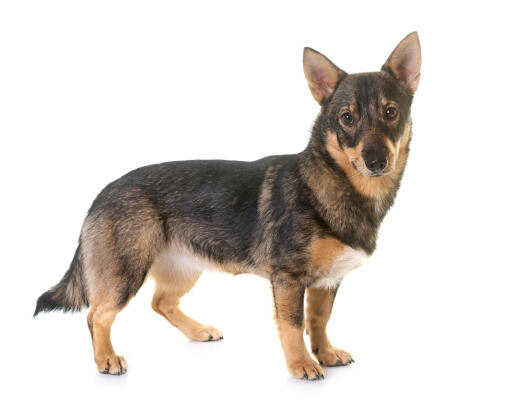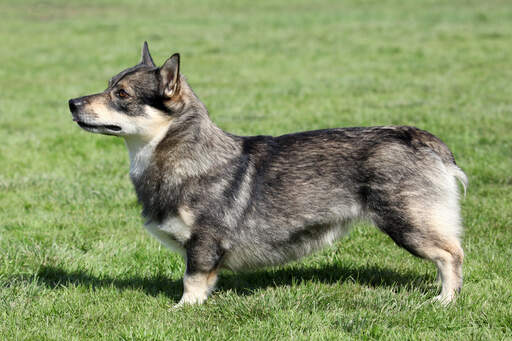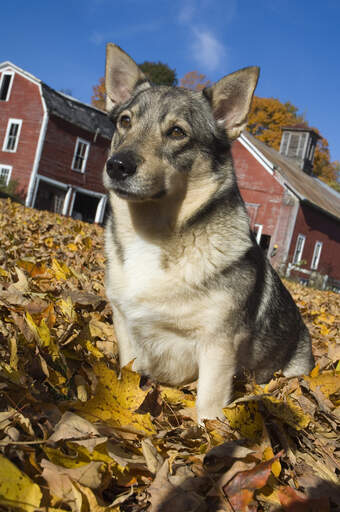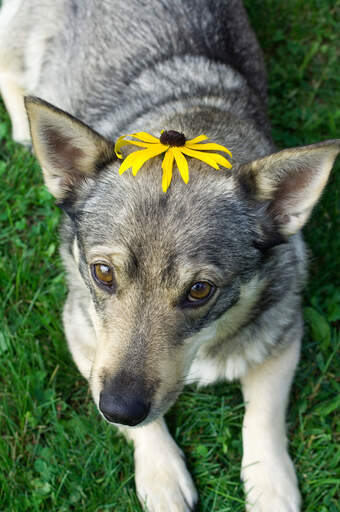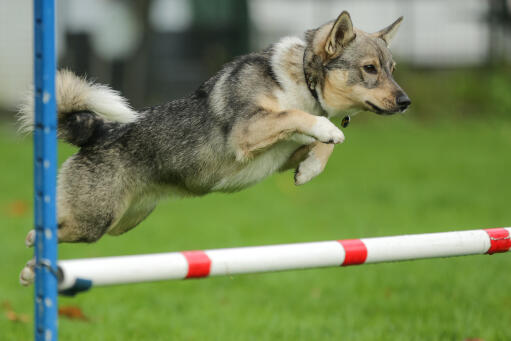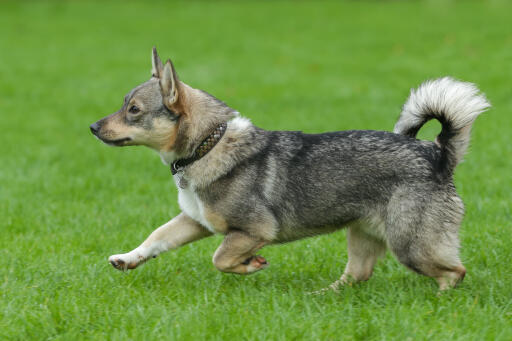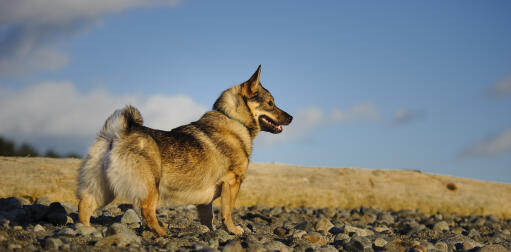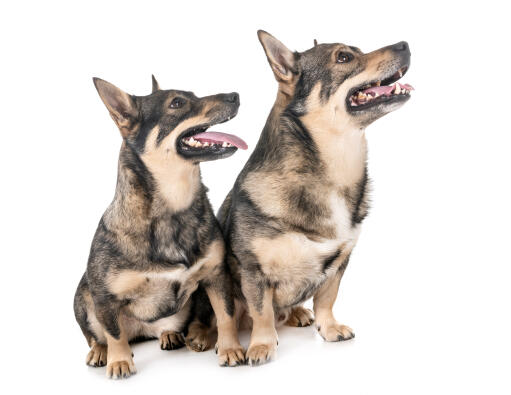Swedish Vallhund Dogs








History
The Vallhund dates all the way back to the 8th century where they were used by vikings as a herding dog for cattle. They were also used as watchdogs. They were given the nickname “Heeler” as they would nip at the heels of cattle to get the moving. This breed is most likely the breed stock for Corgis and the Lancashire Heeler. The breed remains fairly unknown outside of its home region of Scandinavia. They are related to the Spitz family of dogs.
Behaviour
Swedish Vallhunds make for a fearless companion. They are happiest when surrounded by family. They get on well with children, but cna nip at their heels in an attempt to “herd” them. They can sometimes even try to herd the entire family to get them all in one place, simply because they love their family. They make for a good watchdog and will bark when someone is at the door, though they are mostly friendly with strangers who are let in the house. They have been described as “Big dogs in a small package”, due to the fact that they can be very vocal and protective if needs be. They are very fun loving animals, often trying to be the center of attention.
Training needs to start early on, and a more laid back and kind approach must be taken, they don’t react well to harsh words. They are a smart breed and have a natural urge to learn, but they do become bored with repetitive training and things need to be kept fresh and new. They need a lot of exercise. They make for good running partners and will happily trot alongside you or explore the area when out on a long hike. They need to be out and boat often to prevent boredom.
Their long backs and also sometimes cause them problems. Their thich double coat will need brushing at least once a week.
Temperament
The Vallhund is a watchful and alert breed. They are agile creatures who move at a remarkably nimble speed considering they have such short legs. They are working dogs that will take any challenge you may give them. They make for a good companion and family pet.
Health Problems
This breed isn’t prone to any major ailments, although Retinopathy can be seen in some individuals, as can canine hip dysplasia (CHD), elbow dysplasia, luxating patella (dislocation of the knee cap), heart disease and allergies.
Breed Details
- Status: Common
- Life Expectancy: 12 - 14 years
- Weight: 20 - 30 lbs
- Height: 11 - 12"
- Rare: No
- Coat: Short
- Grooming Requirements: Once a week
- Town or Country: Either
- Minimum Home Size: Small House
- Minimum Garden Size: Small to Medium Garden
- Breed Type: Herding
- Size: Medium
- Energy Level: High
- Exercise Required: Up to 1 hour

